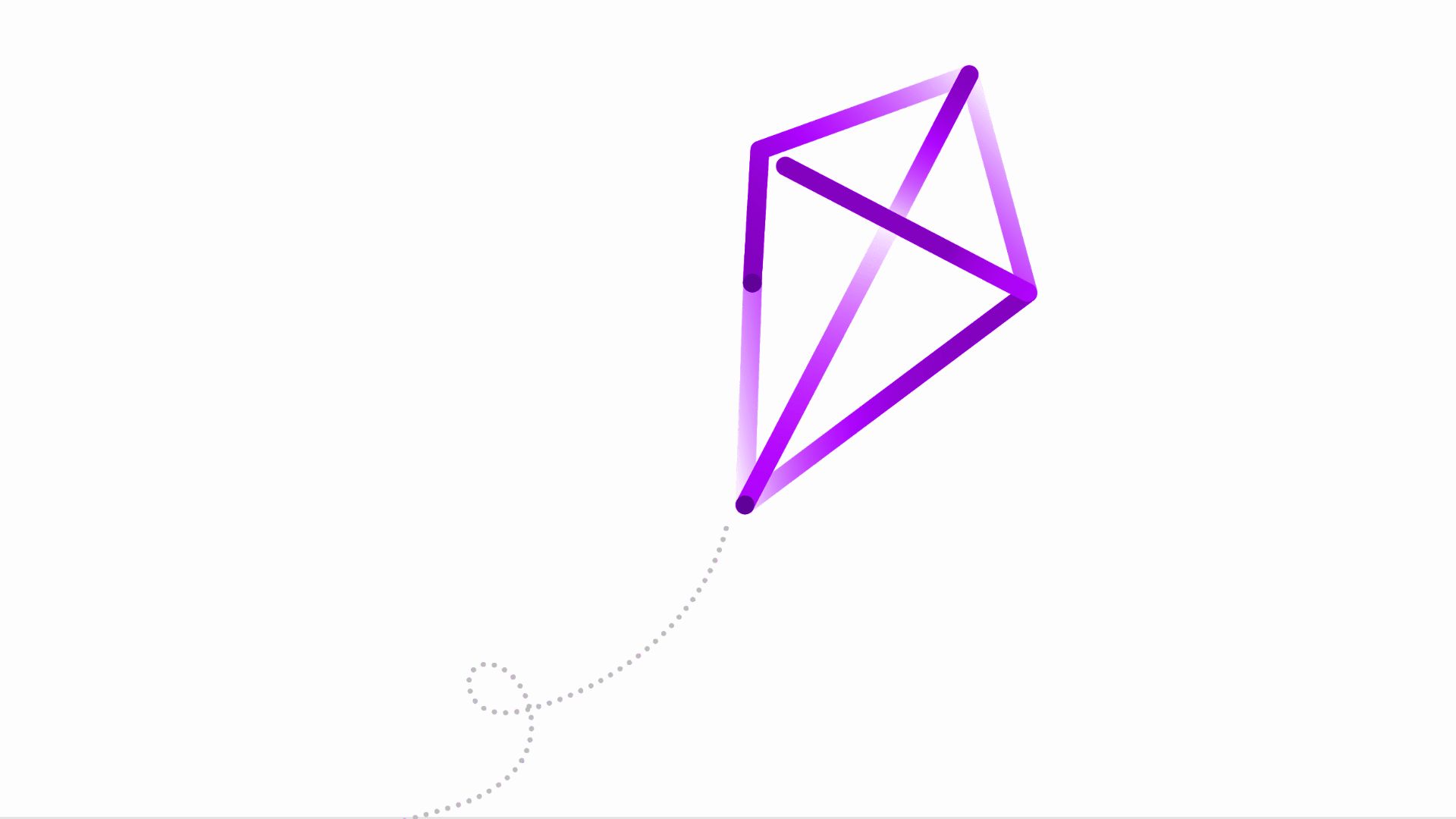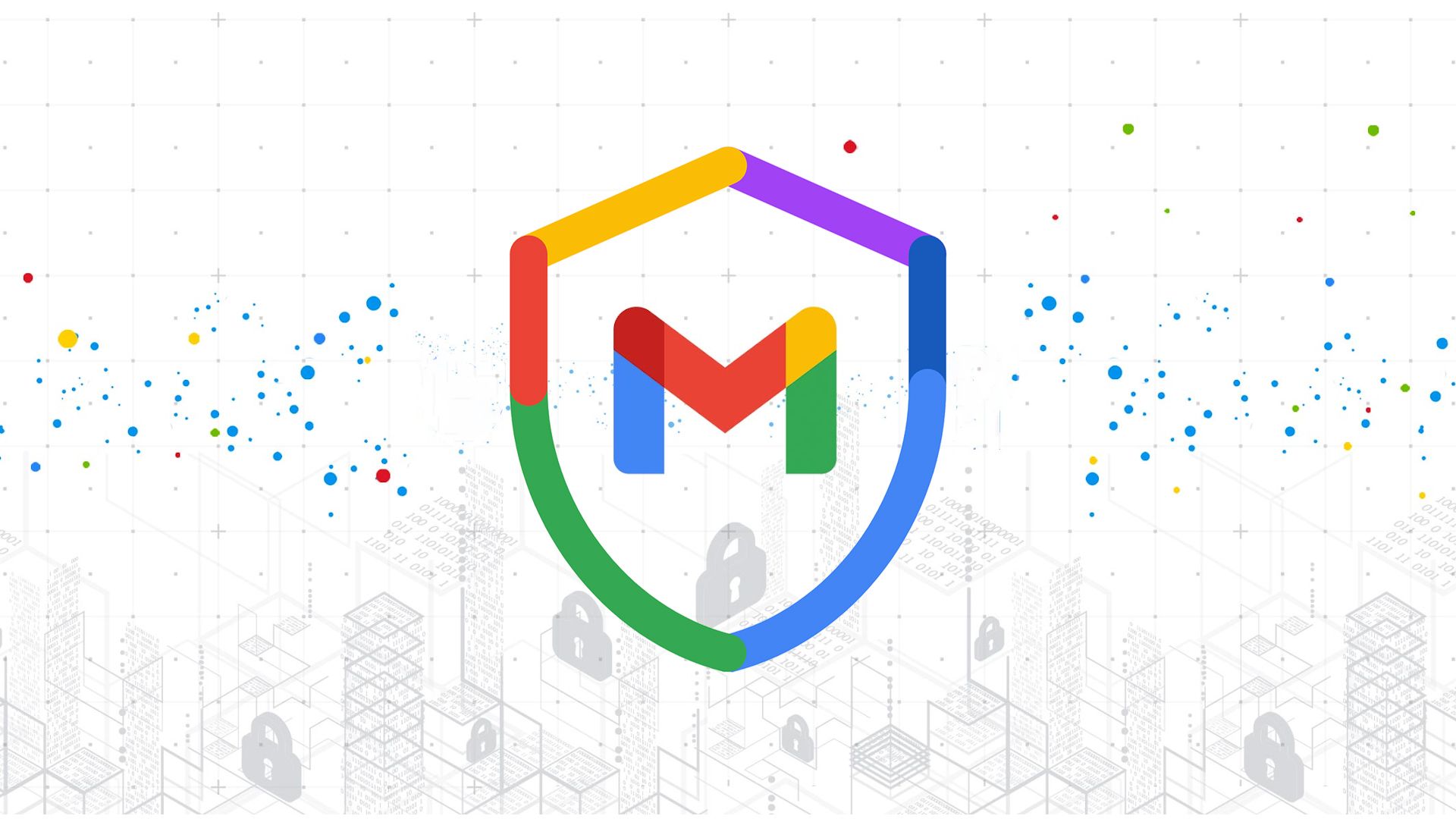A critical part of child sexual abuse criminal world is the creation and distribution of child sexual abuse imagery (CSAI) on the Internet. To combat this crime efficiently and illuminate current defense short-coming, it is vital to understand how CSAI content is disseminated on the Internet. Despite the importance of the topic very little work was done on the subject so far.
To fill this gap and provide a comprehensive overview of the current situation we conducted the first longitudinal measurement study of CSAI distribution across the Internet. In collaboration with the National Center for Missing and Exploited Children (NCMEC)—a United States clearinghouse for all CSAI content detected by the public and US Internet services—we examined the metadata associated with 23.4M CSAI incidents of CSAI from the 1998–2017 period.
This talk starts by summarizing the key insights we garnered during this study about how CSAI content distribution evolved. In particular we will cover how Internet technologies have exponentially accelerated the pace of CSAI content creation and distribution to a breaking point in the manual review capabilities of NCMEC and law enforcement.
Then we will delve into the most pressing challenges that need to be addressed to be able to keep up with the steady increase of CSAI content and outline promising directions to help meet those challenges.



